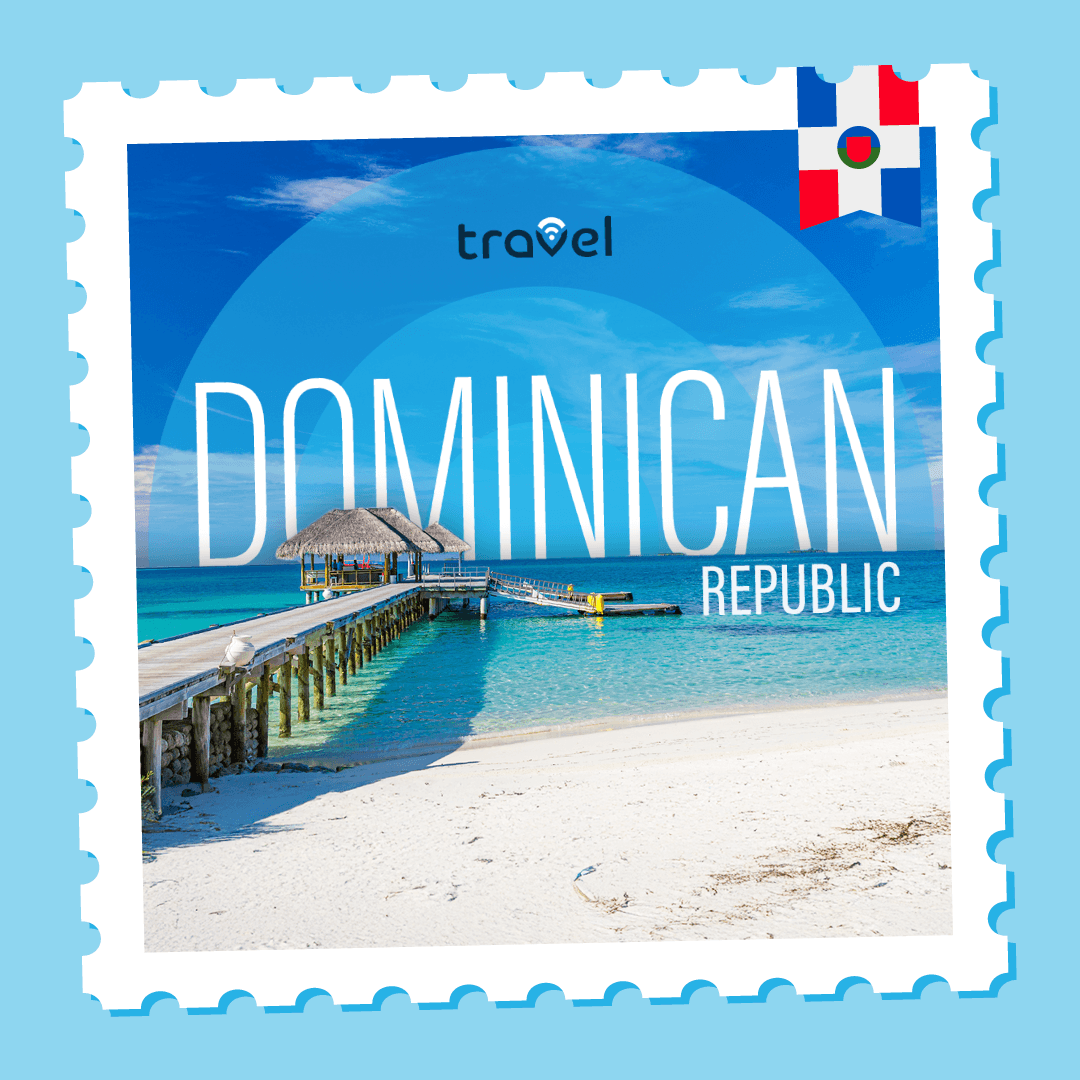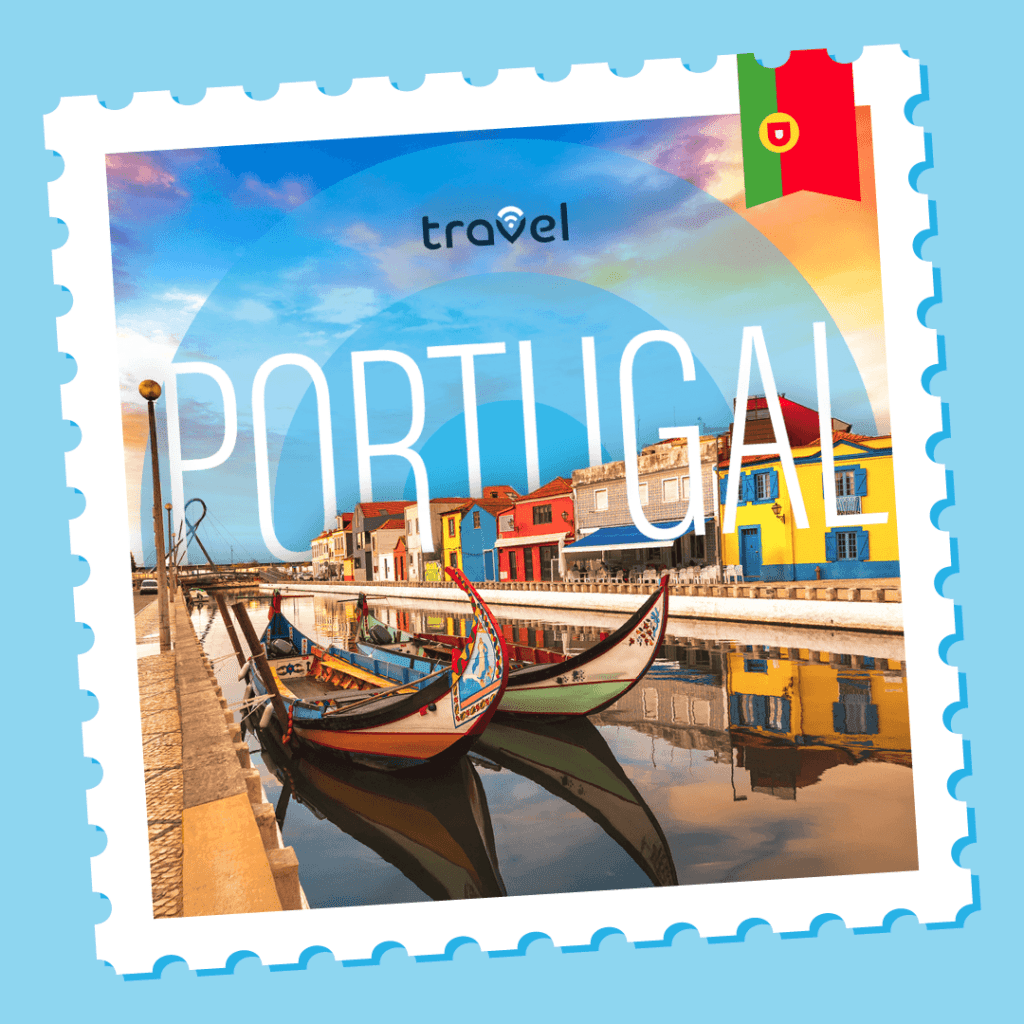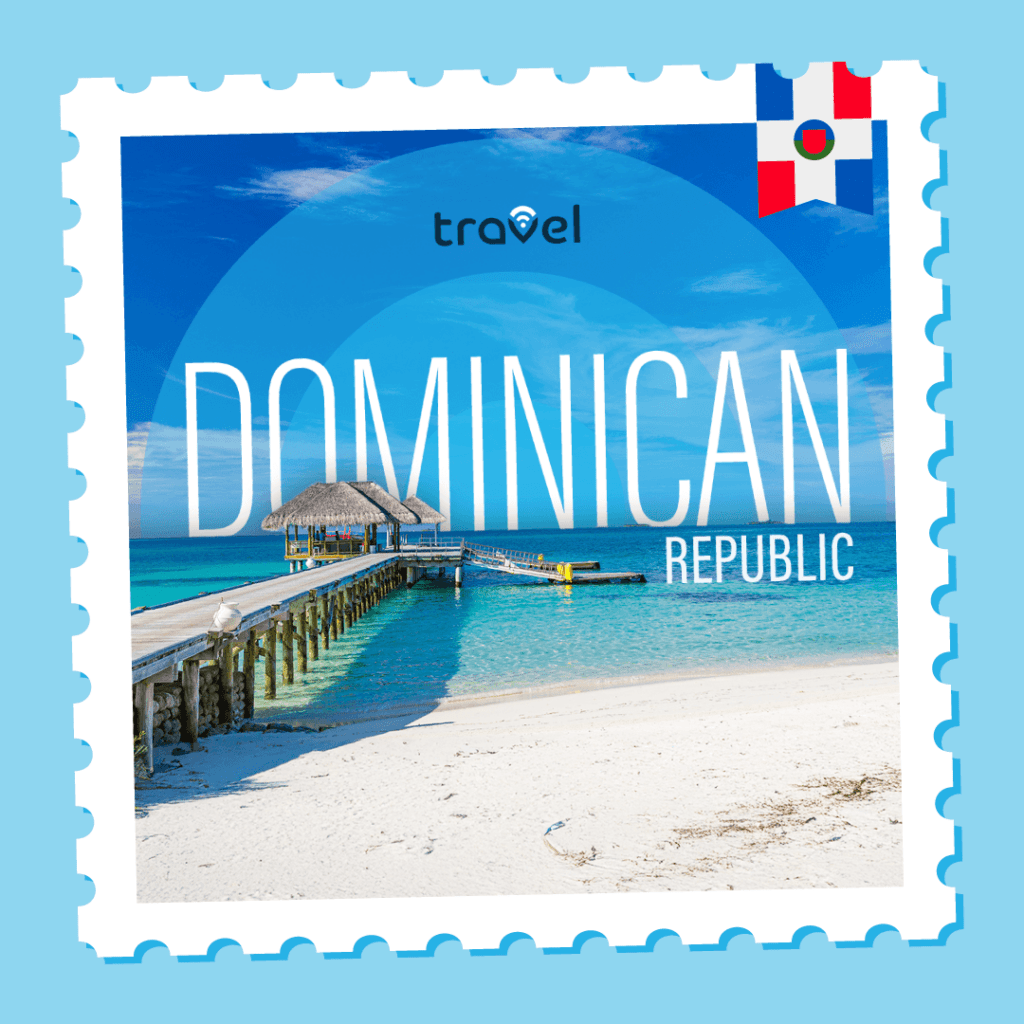The Dominican Republic is a blend of tropical beauty: dream beaches, crystal-clear waters, music everywhere, lush forests, and a welcoming culture that wins you over.
Discover what to see, what to do, how to stay connected, and why this country is much more than just a beach destination.
Where to Go and What to See: Things to Do in the Dominican Republic
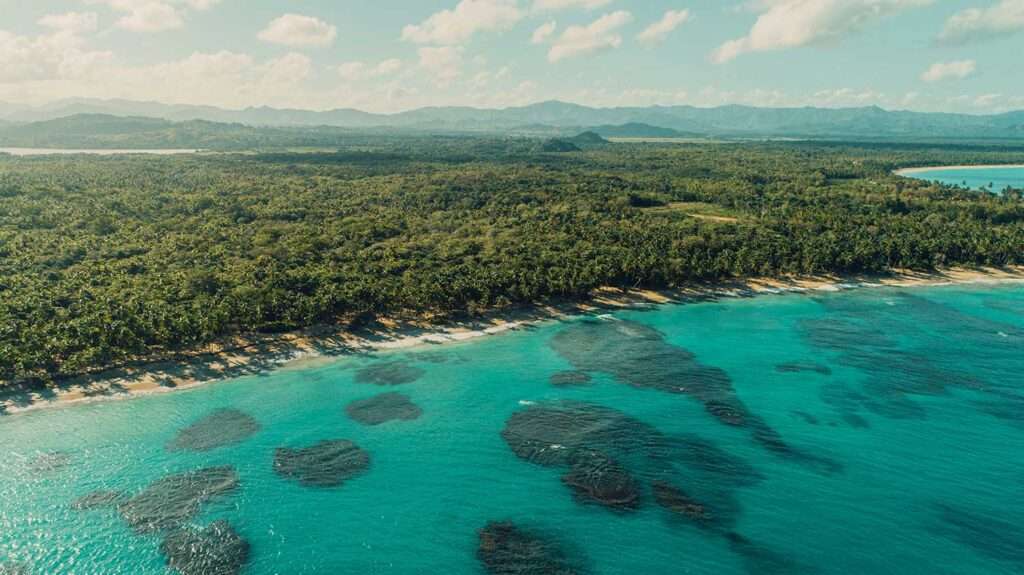
It’s the first Spanish colony of the New World, and every corner of the island tells a different story.
If you dream of classic Caribbean relaxation, you’ll find white-sand beaches, swaying palms, and turquoise waters perfect for doing absolutely nothing. But you can also choose a slower pace and take a boat trip to Saona Island or sail on a catamaran among natural pools and starfish.
Those looking for something more authentic can explore inland, through tropical forests, waterfalls, and mountain villages. In Bayahibe, one of the most peaceful areas, you can relax in hidden coves or take a boat to nearby islands.
The landscape is incredibly diverse: mangroves and caves in the Parque Nacional Los Haitises, scenic trails among the pines of Jarabacoa, and even saltwater lakes home to pink flamingos and American crocodiles.
There’s no shortage of active experiences: rafting, canyoning, and paragliding between Jarabacoa and Constanza, or windsurfing and kitesurfing in Cabarete, where constant winds blow. And for those who love challenges, there’s Pico Duarte, the highest peak in the Caribbean.
5 Unmissable Places in the Dominican Republic
Santo Domingo: Caribbean History and Modernity
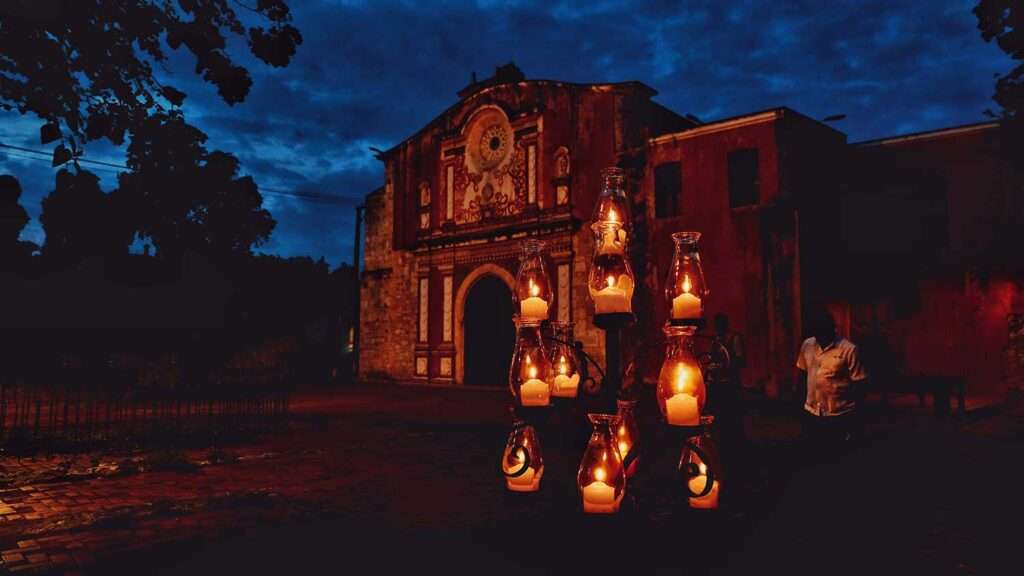
The capital, Santo Domingo, is a journey through time where colonial history blends with modern life. Walking through the streets of the Ciudad Colonial, a UNESCO World Heritage Site, you breathe centuries of stories between the majestic Catedral Primada de América and the ancient Alcázar de Colón, home of Christopher Columbus’s son. The vibrant atmosphere of the cobbled streets, flowering balconies, and lively squares mixes with the colors of the sunset on the Malecón, where live music enlivens the seaside evenings.
Samaná: Whales, Jungle, and Hidden Beaches
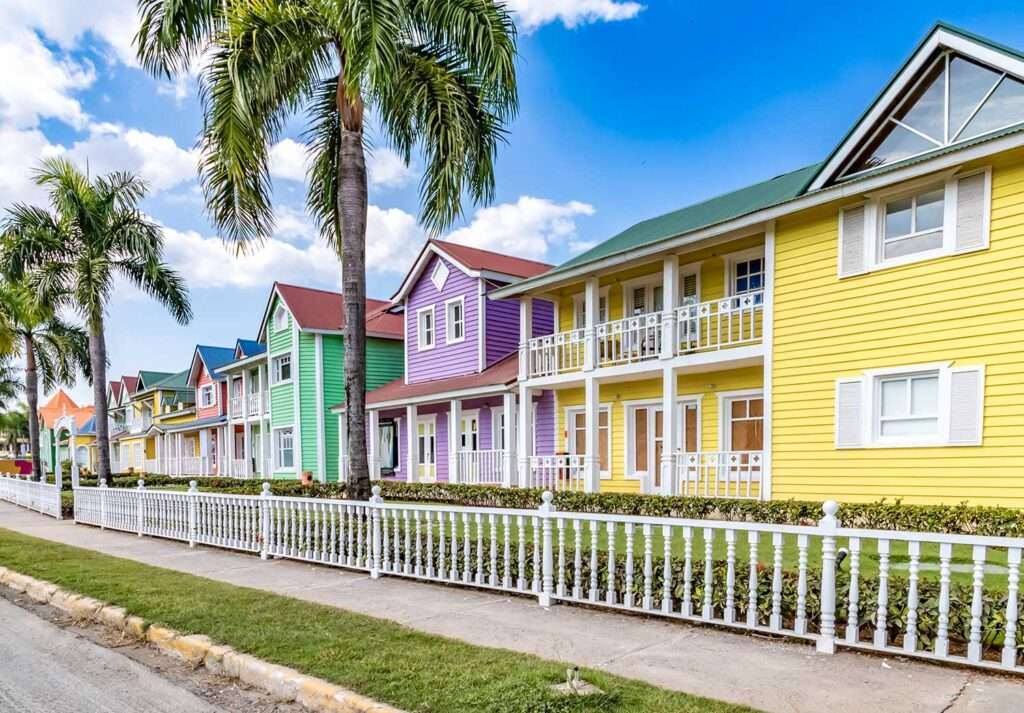
Samaná is ideal for those seeking nature and authenticity. From January to March, the bay comes alive with humpback whales arriving to mate and give birth. Hidden beaches like Playa Rincón invite relaxation between white sand and turquoise sea. And in villages like Las Galeras, the colorful houses make the atmosphere even more welcoming.
Punta Cana: Luxury and Crystal-clear Sea
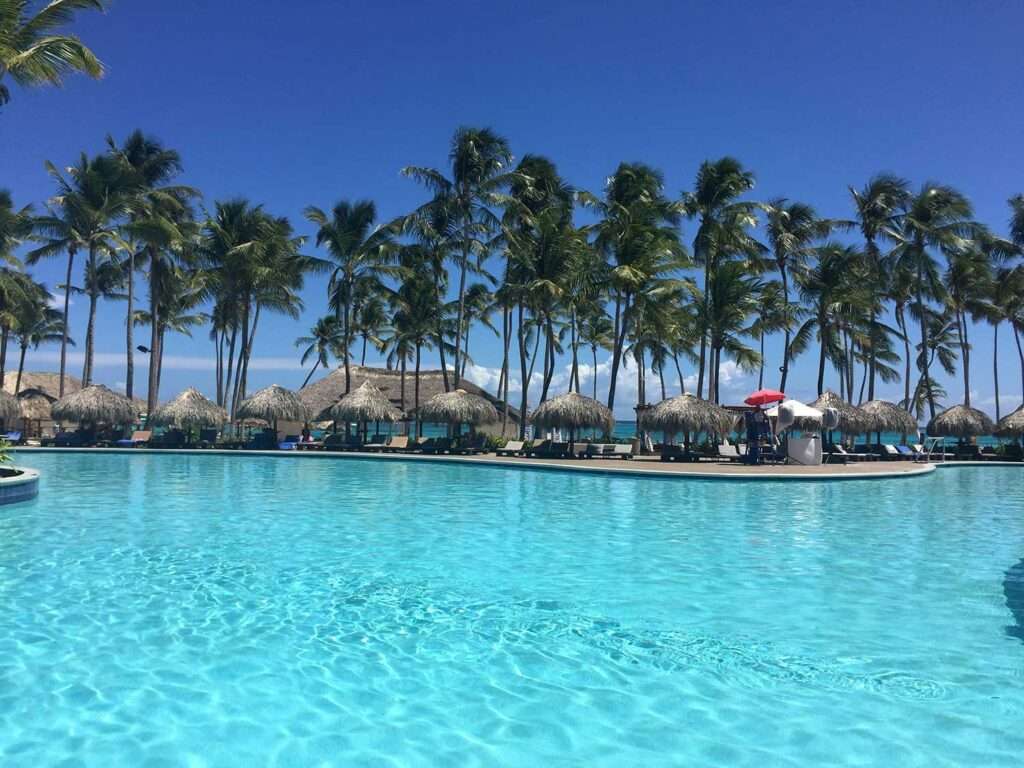
Punta Cana is a dream for those who desire crystal-clear seas and comfort. Here, among luxury resorts and golden beaches, the waves of Playa Macao attract surfers and adventure seekers, while Hoyo Azul reveals itself as a hidden gem: a turquoise lagoon set among rocks, an oasis of peace and natural wonder.
Barahona: Off the Tourist Trail
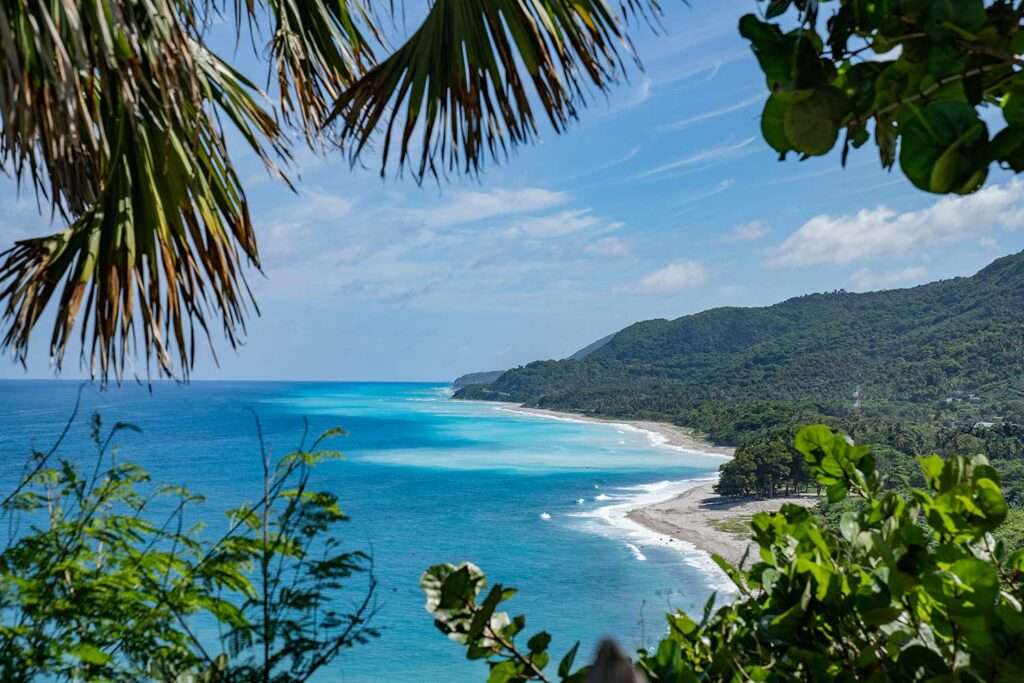
In the southwest, Barahona is a wild and little-explored world. Among spiny cacti, majestic mountains, and turquoise sea, Bahía de las Águilas is a remote and untouched beach, accessible only by boat. Here, those seeking the true essence of the island find pure and wild beauty, far from traditional tourist routes.
Lake Enriquillo: Flamingos and Lunar Landscapes

The largest salt lake in the Caribbean, located below sea level, is home to pink flamingos and American crocodiles. A unique place where nature shows all its power and strangeness, with almost lunar landscapes and incredible biodiversity.
Rhythm, Smiles, and Dominican Identity
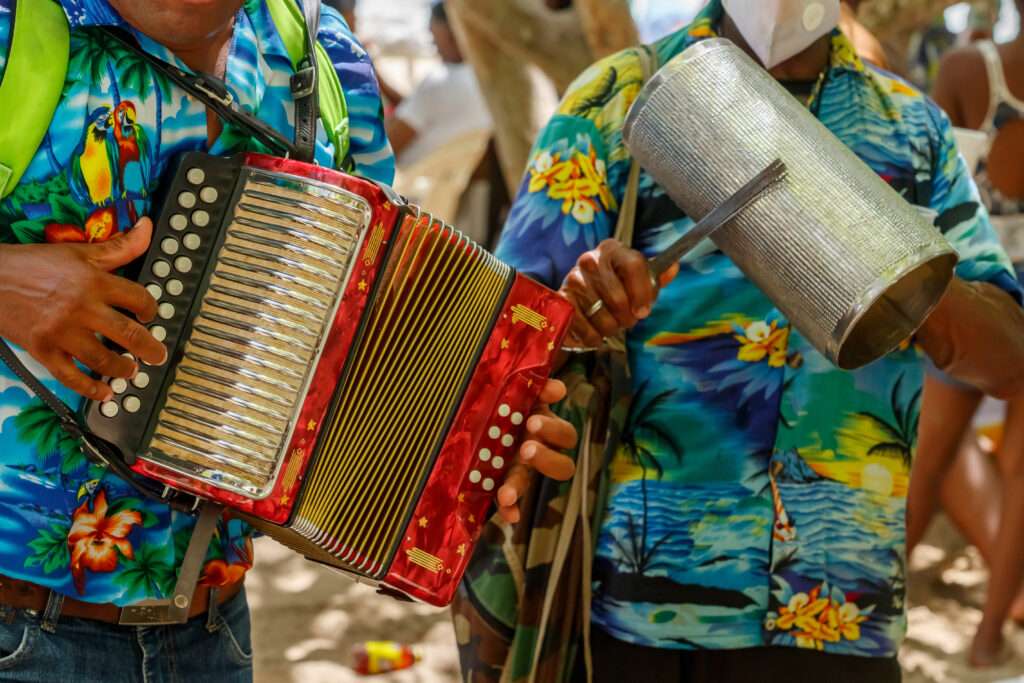
Dominican people are open, generous, and proud of their identity. Dominican culture is lived through the senses: in the sound of merengue and bachata, in the shared laughter in colmado (the minimarkets that become meeting points), in the colorful murals decorating the cities.
In the evening, the island comes alive: between merengue and bachata in the clubs of Santo Domingo or beach parties in Las Terrenas, the Caribbean rhythm is everywhere. Folk festivals like the Carnival of La Vega, with overwhelming masks and dances, reveal the country’s vibrant soul.
A smile here is much more than a greeting: it’s an invitation to share.
What to Eat in the Dominican Republic: Bold Flavors and Tropical Comfort
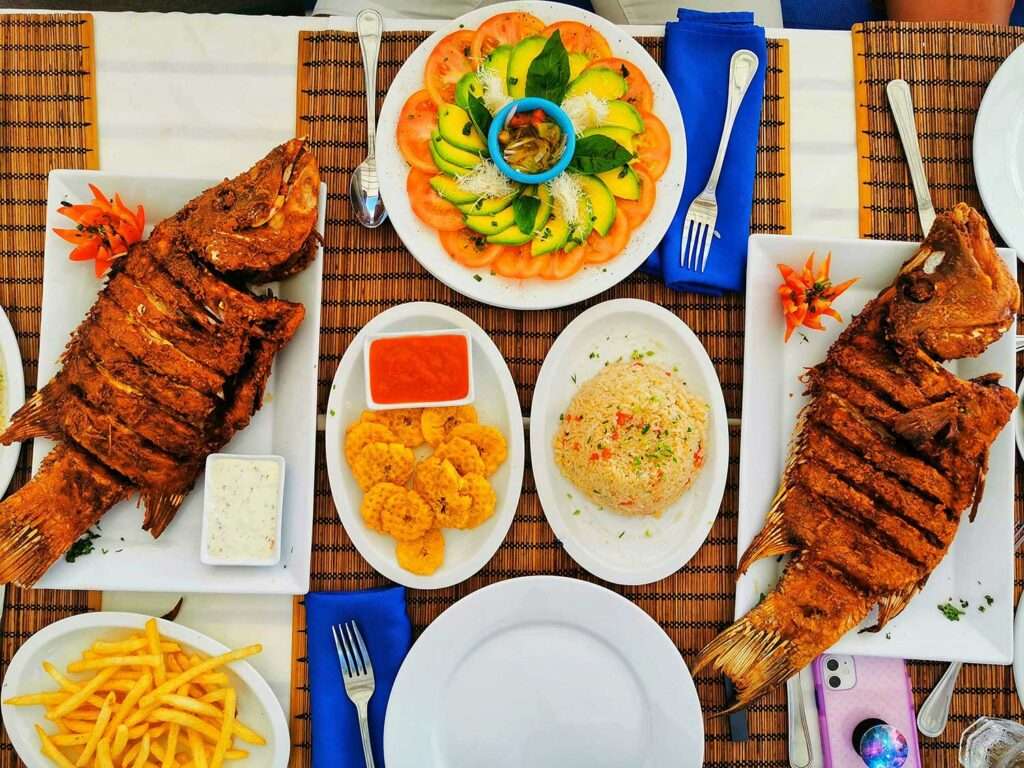
The national dish is the bandera dominicana: rice, beans, and meat, often served with avocado or fried plantain.
Sancocho, a rich stew of meat and tubers, is perfect for the inland areas. On the coast, you can enjoy seafood dishes like pescado con coco or Caribbean ceviche.
For dessert: dulce de leche cortada, hot churros, and a strong Dominican coffee. Also worth trying is mamajuana, a rum, honey, herb, and local bark infusion with a reputation for being aphrodisiac.
When to Go: The Best Time to Visit the Dominican Republic
The climate is tropical and warm year-round, but the best period is from December to April: dry season, clear skies, and minimal hurricane risk.
May and June still offer good conditions, with fewer crowds.
August, September, and October coincide with hurricane season: unstable weather and frequent rains may cause disruptions.
Is It Safe to Travel to the Dominican Republic? What to Watch Out For
Many wonder if it’s safe to travel to the Dominican Republic. In general, yes: tourist areas are safe, but like in any tropical destination, some caution is needed. Avoid isolated neighborhoods at night, use official taxis, and don’t display valuables.
Remember that tap water is not drinkable, so it’s better to use sealed bottled water. Bring good travel insurance: useful in case of medical issues, delays, or accidents during excursions. And if you’re traveling between June and October, always check the weather forecast to avoid problems due to the rainy or hurricane season.
How to Stay Connected to the Internet in the Dominican Republic: Manet Travel eSIM

Even in paradise, staying connected to the internet can make a difference. Whether you want to share a perfect sunset or find the address of a hidden comedor, you just need a Manet Travel eSIM for the Dominican Republic.
- No physical SIM cards
- Flexible and unlimited plans for trips of any length
- Activate it in just a few minutes upon arrival
- Coverage even in the most remote areas
Stay connected with Manet Travel and enjoy your Dominican Republic adventure to the fullest.
The Dominican Republic is waiting for you: let yourself be carried away by the rhythm of merengue, the vibrant colors of nature, and the warmth of its people. And with Manet Travel eSIM connectivity, experience every moment without missing a thing, wherever you are.

